Tai chi photography at Castor Bay beach
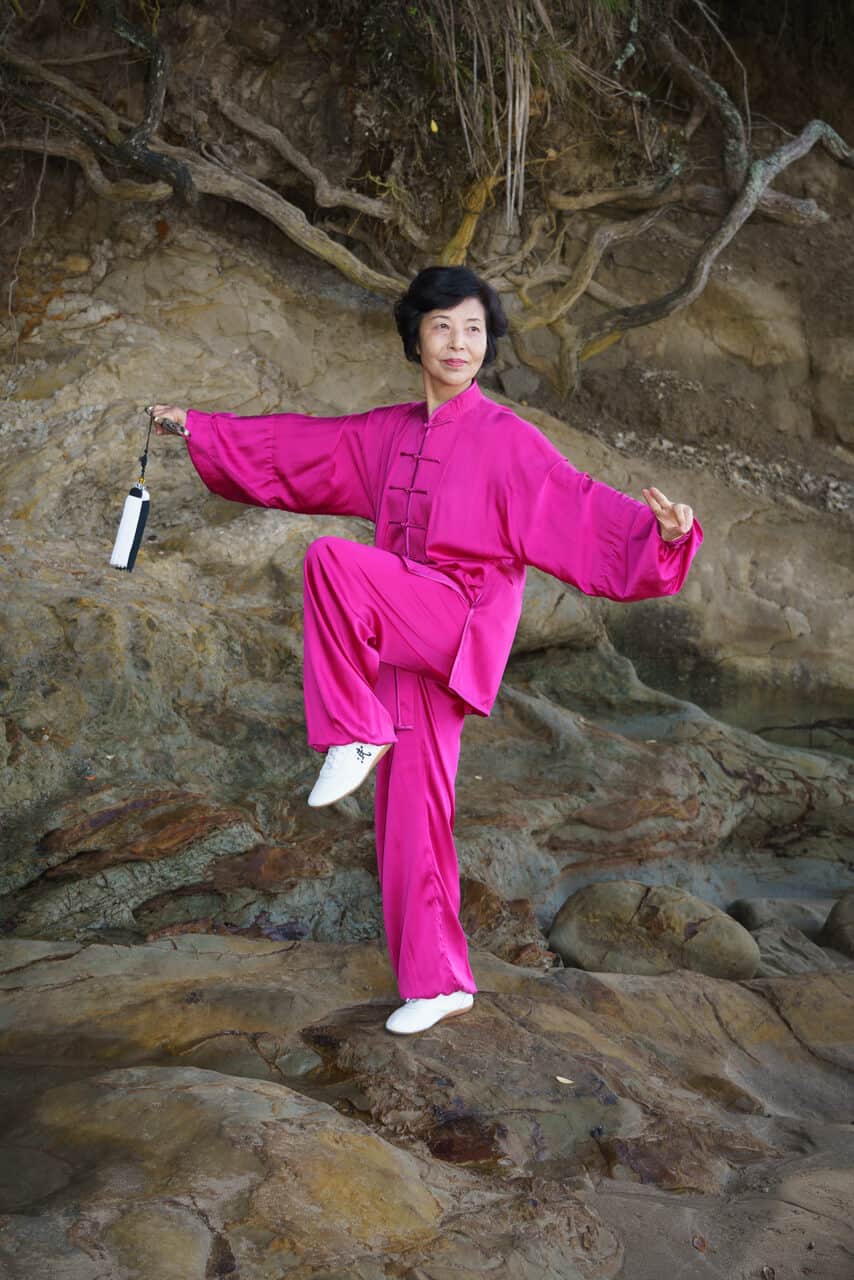

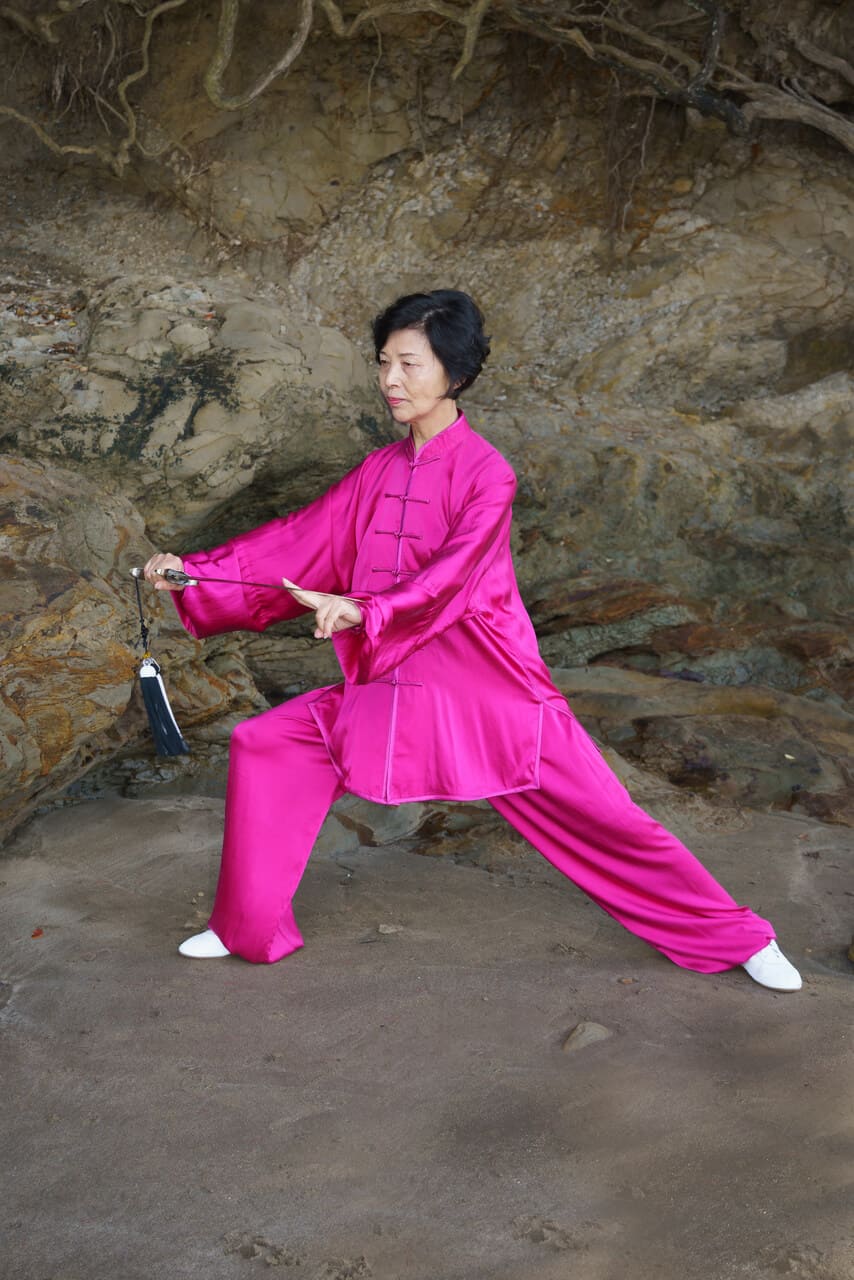
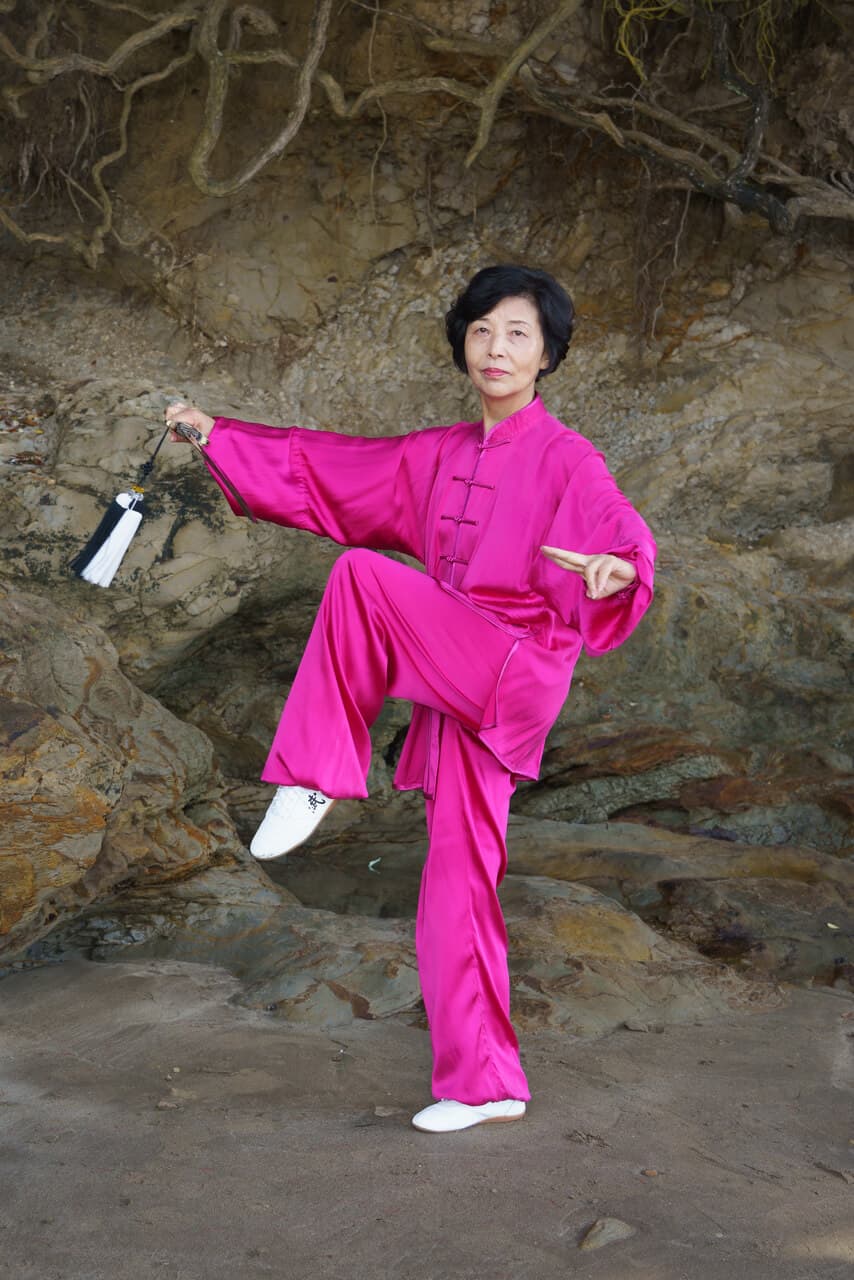

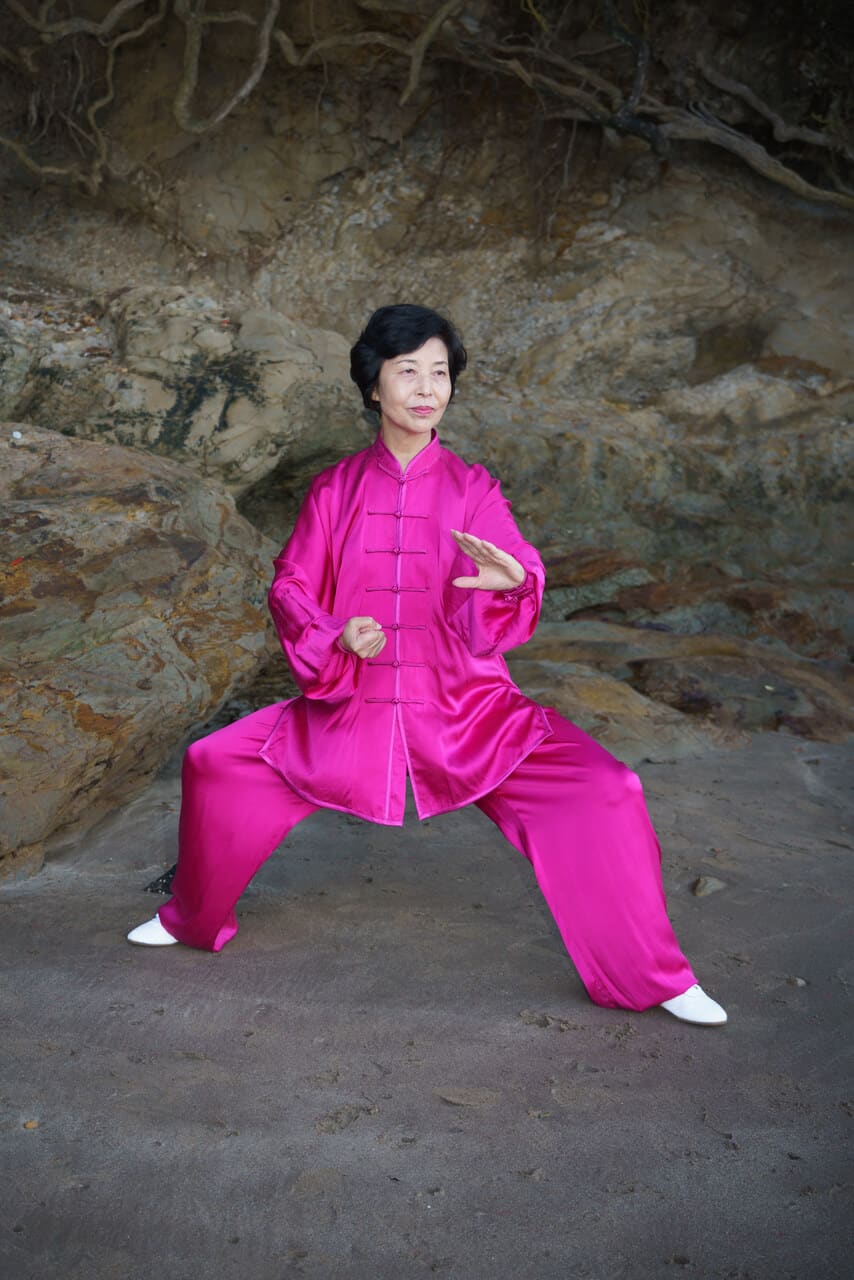
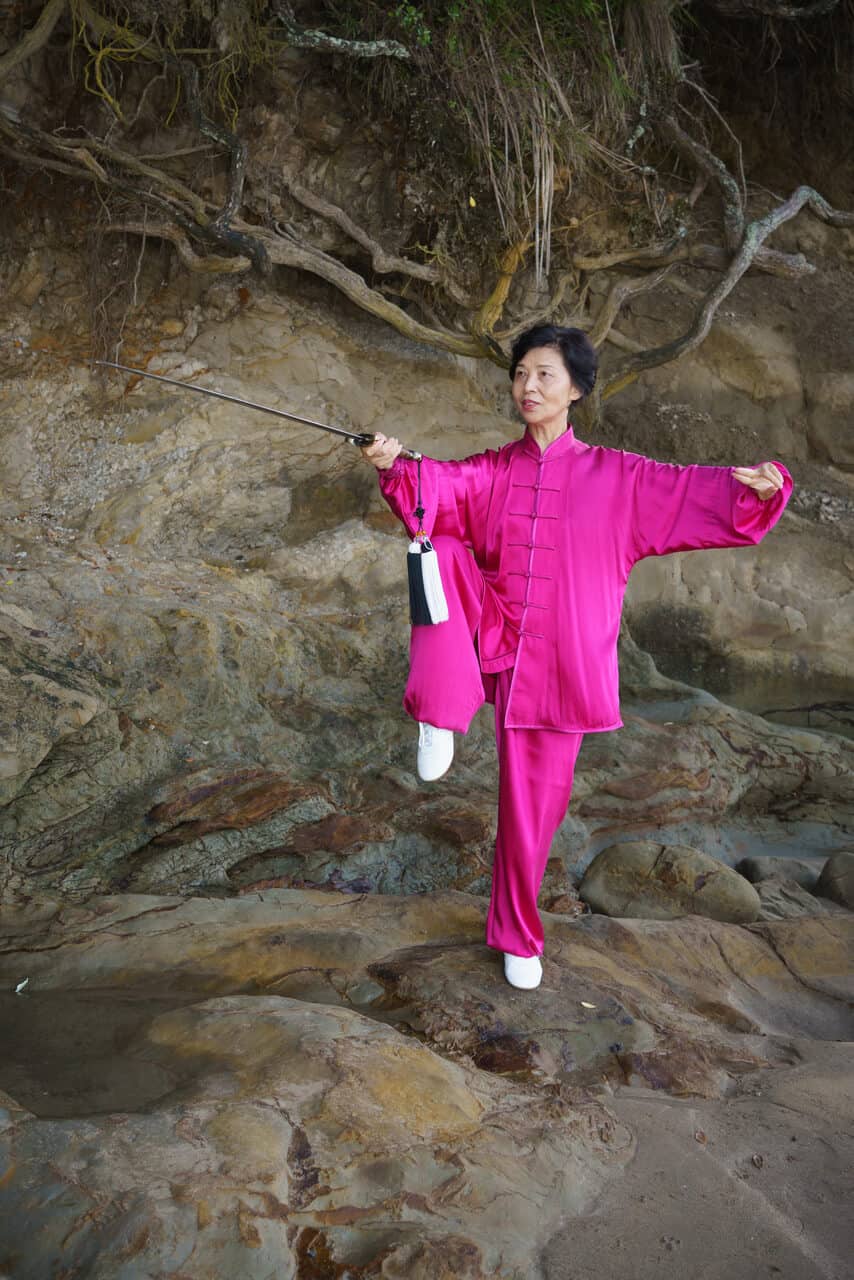
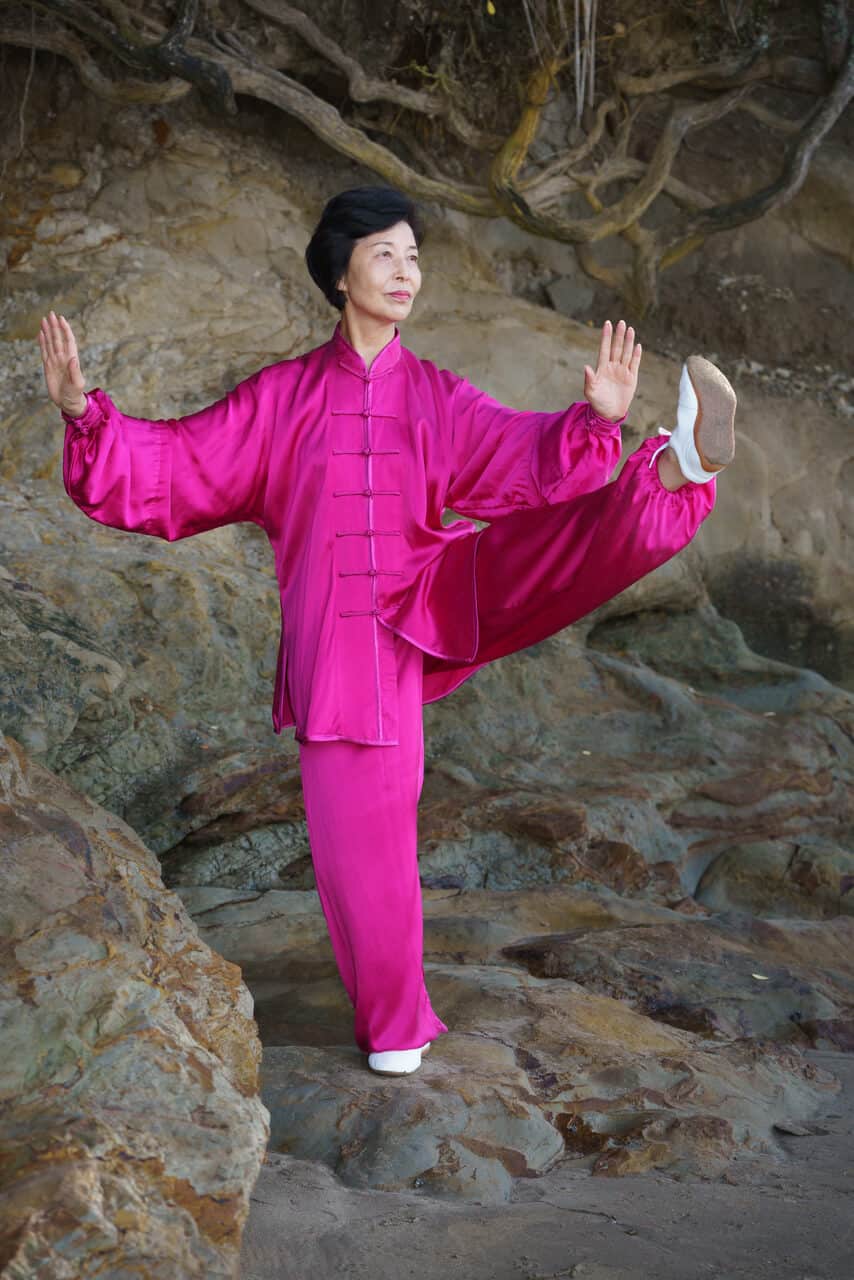
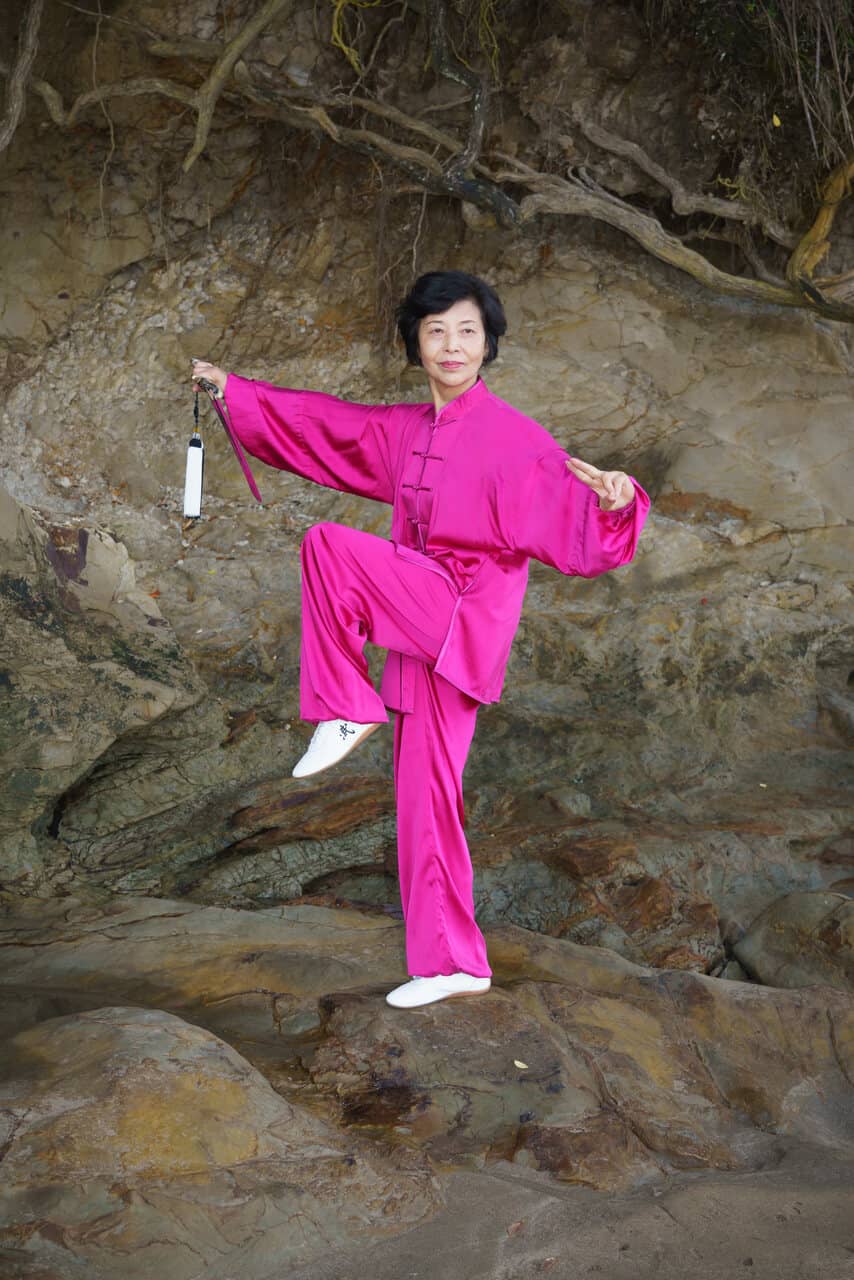
Tai chi is a Chinese martial art practiced for both its defense training and its health benefits. The term Tai chi refers to a philosophy of the forces of yin and yang, related to the moves. Though originally conceived as a martial art, it is also typically practiced for competitive wrestling in the format of pushing hands, demonstration competitions and achieving greater longevity. As a result, a multitude of training forms exist, both traditional and modern, which correspond to those aims with differing emphasis. Some training forms of Tai chi are especially known for being practiced with relatively slow movements.
Tai chi training involves five elements, solo hand and weapons routines, breathing, movement and awareness exercises and meditation, response drills and self defence techniques. While it is typified by some for its slow movements, many styles have secondary forms with faster pace. Some traditional schools teach partner exercises known as “pushing hands” and martial applications of the postures of different forms.
Since the earliest widespread promotion of the health benefits of Tai chi in the early 20th century, it has developed a worldwide following of people, often with little or no interest in martial training, for its benefit to personal health. Medical studies of t‘ai-chi support its effectiveness as an alternative exercise and a form of martial arts therapy.
It is purported that focusing the mind solely on the movements of the form helps to bring about a state of mental calm and clarity. Besides general health benefits and stress management attributed to tàijíquán training, aspects of traditional Chinese medicine are taught to advanced students in some traditional schools.
Some other forms of martial arts require students to wear a uniform during practice. In general, tàijíquán schools do not require a uniform, but both traditional and modern teachers often advocate loose, comfortable clothing and flat-soled shoes.
The physical techniques of tàijíquán are described in the “T‘ai-chi classics”, a set of writings by traditional masters, as being characterized by the use of leverage through the joints based on coordination and relaxation, rather than muscular tension, in order to neutralize, yield or initiate attacks. The slow, repetitive work involved in the process of learning how that leverage is generated gently and measurably increases, as well as opens, the internal circulation (breath, body heat, blood, lymph, peristalsis).
The study of tàijíquán primarily involves three aspects:
- Health: An unhealthy or otherwise uncomfortable person may find it difficult to meditate to a state of calmness or to use tàijíquán as a martial art. Tai chi health training, therefore, concentrates on relieving the physical effects of stress on the body and mind. For those focused on Tai chi’s martial application, good physical fitness is an important step towards effective self-defense.
- Meditation: The focus and calmness cultivated by the meditative aspect of tàijíquán is seen as necessary in maintaining optimum health (in the sense of relieving stress and maintaining homeostasis) and in application of the form as a soft style martial art.
- Martial art: The ability to use tàijíquán as a form of self-defense in combat is the test of a student’s understanding of the art. Tai chi is the study of appropriate change in response to outside forces, the study of yielding and sticking to an incoming attack rather than attempting to meet it with opposing force. The use of Tai chi as a martial art is quite challenging and requires a great deal of training.



I am very happy that you meat the great lady who is practicing Tai Chi. Please join her if she is teaching her art. It will bring you unbelievable health benefit. Inform me please about her activity. I believe that I am relatively healthy due to practicing already almost 30 years Qi gong, which is also a branch of Tai Chi. I have momentarily two teachers: Master Mingtong Gu located in Santa Fe where he owns the famous Chi Center and Mr Ariel Jodorkovcky from Haifa.